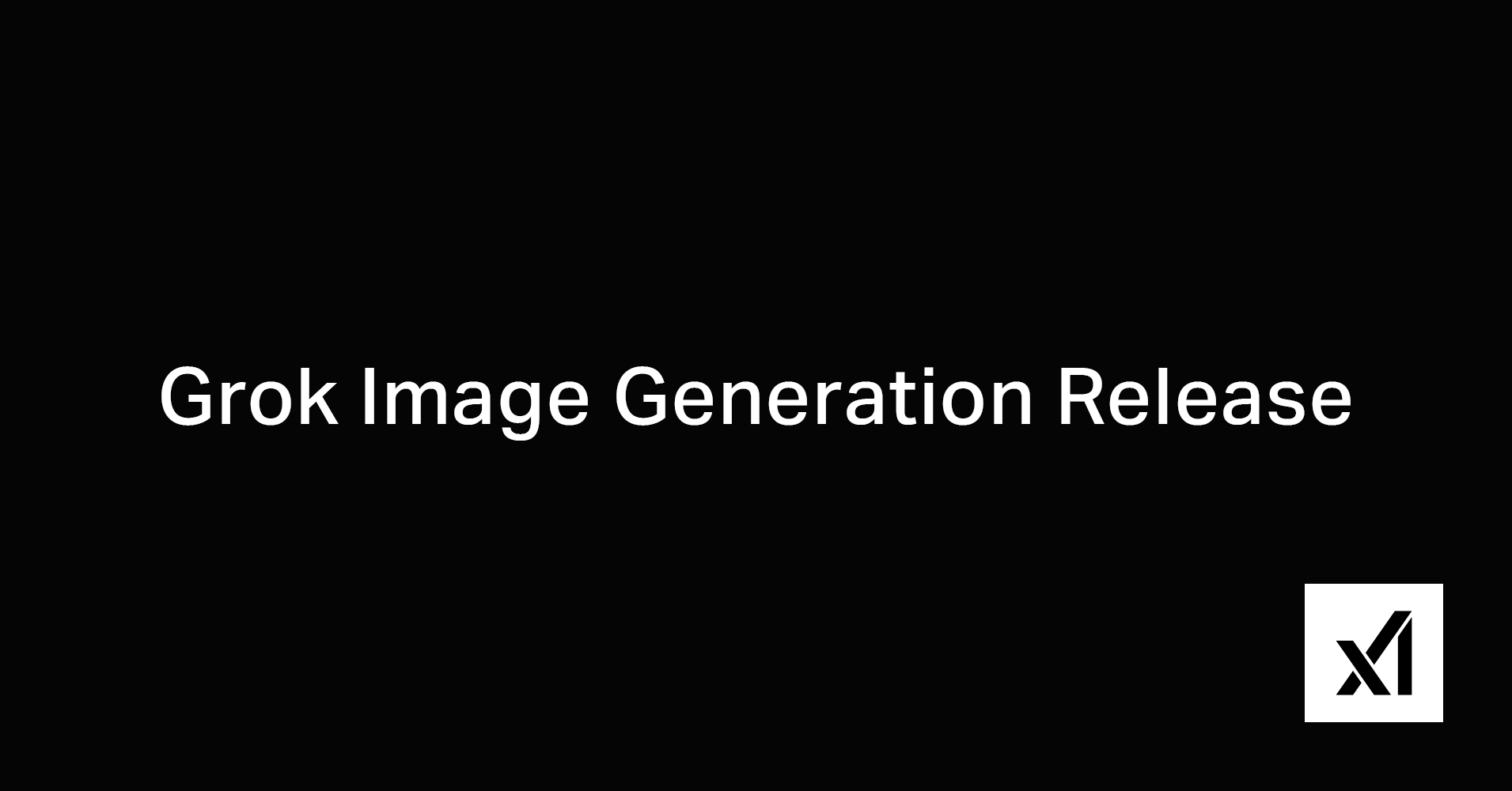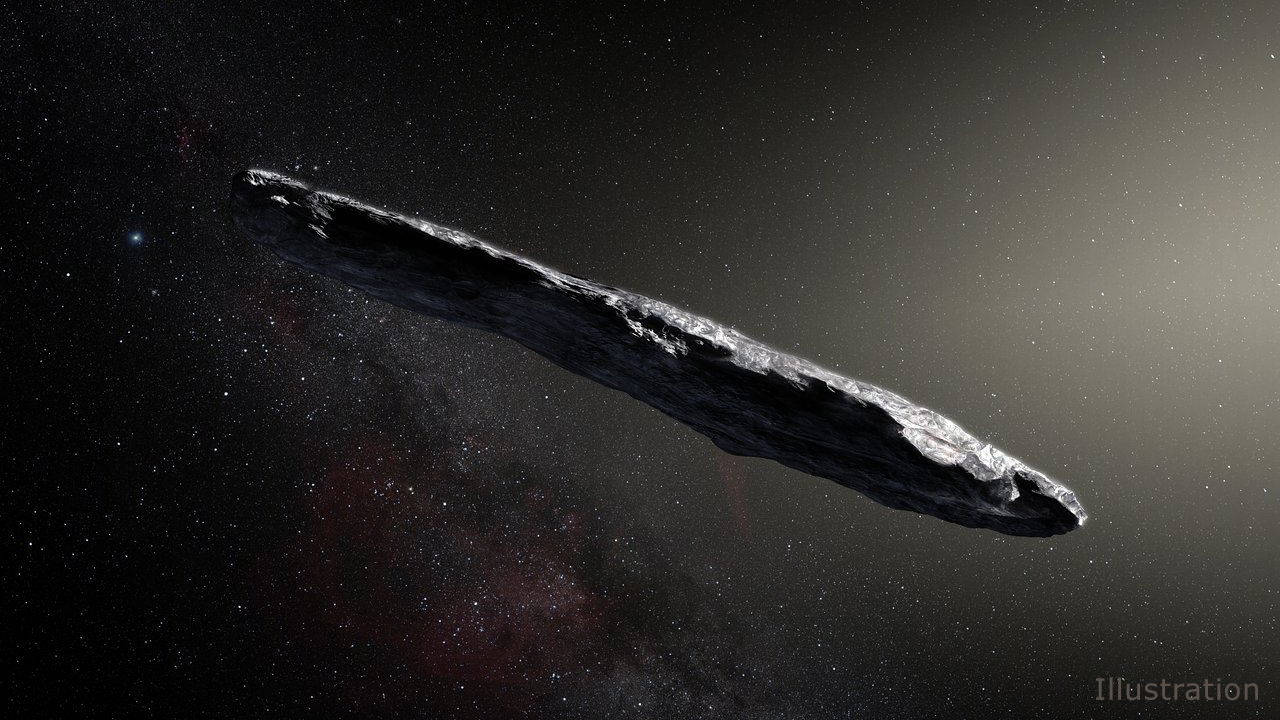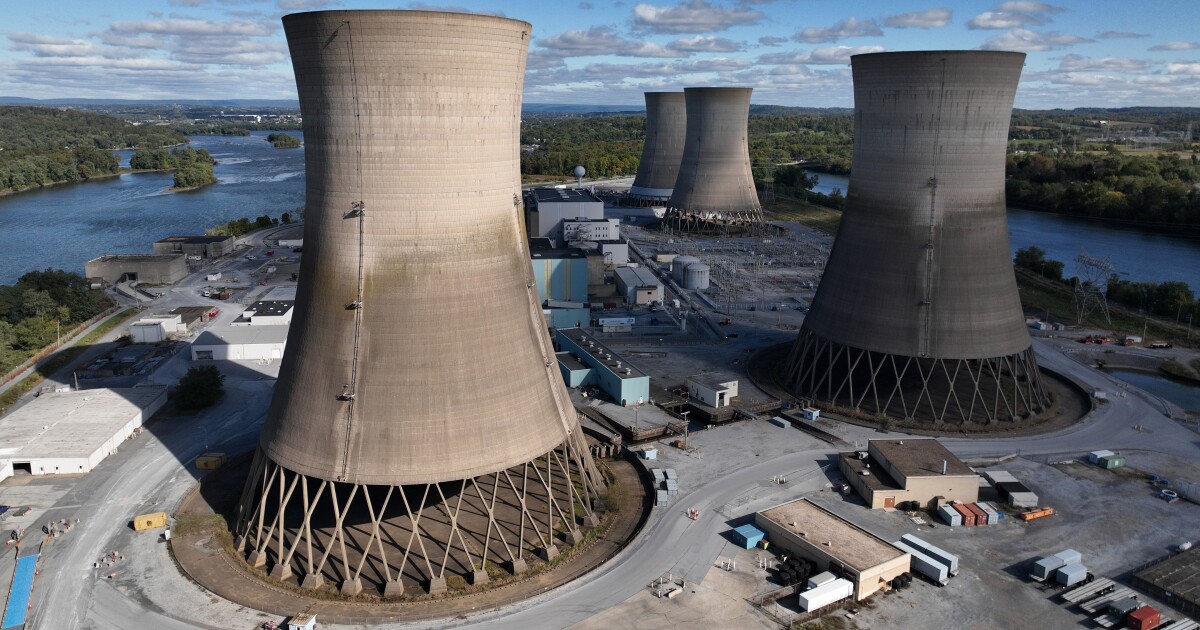Aida Daily: Google's Quantum Leap / Nvidia's Antitrust Woes / OpenAI's Sora Debut
Aida Daily
Hello quantum enthusiasts and cosmic detectives! This week, we dive into Google's quantum leap, Nvidia's antitrust tango, and OpenAI's text-to-video wizardry. Plus, dark comets and nuclear-powered tech giants light up our headlines.
Google's Willow: Quantum Leap in Computing

Google unveils Willow, a quantum chip that solved a benchmark problem in under five minutes—a feat that would take classical supercomputers an eye-watering 10 septillion years. Achieving improved error correction and operating below Shor’s 1995 threshold, Willow boasts logical qubits with a 100µs coherence time, five times better than Sycamore. This breakthrough paves the way for advancements in medicine and energy, showcasing Google's Quantum AI team’s relentless pursuit to turn quantum dreams into reality.
Nvidia Faces Chinese Antitrust Scrutiny Amid Tech Cold War

As of December 2024, China’s State Administration for Market Regulation has launched an antitrust investigation into US chip giant Nvidia, probing its $6.9B acquisition of Mellanox Technologies from 2020. This move comes hot on the heels of recent US export restrictions targeting Chinese tech firms, sending Nvidia’s shares tumbling by 3%. With domestic rivals like Huawei gaining ground, Nvidia finds itself navigating a high-stakes game of geopolitical chess—hopefully without overheating!
OpenAI's Sora Takes Flight: Your Text-to-Video Sidekick

OpenAI unveiled Sora on its '12 Days of Shipmas' event, delighting ChatGPT Plus and Pro subscribers with its text-to-video wizardry. Users can craft up to 50 videos monthly at 480p on Plus, or scale up with Pro’s $200 plan for sharper, longer clips. Though Europe is left out due to regulatory tango, creators rejoice with Storyboard timelines and community galleries. While Sora dazzles, it occasionally trips over realistic physics—proof that even AI has its off days!
Aurora’s Brief Stardom on X: Now in Beta Bonanza

Elon Musk’s xAI unveiled Aurora, a photorealistic image generator, on X's Grok assistant earlier this month. Lauded for crafting lifelike images of celebrities, Aurora was pulled within hours due to content concerns, reverting to Flux. Currently rolling out in select countries, full access is expected within a week. Free users can create up to three images daily, while X Premium subscribers enjoy expanded limits. With a Memphis supercomputing cluster on the horizon, Aurora’s comeback—with enhanced safeguards—is eagerly awaited.
MicroStrategy’s Bitcoin Bonanza: Saylor Strikes Again

In a bold move from December 2-8, 2024, MicroStrategy, under Michael Saylor, scooped up 21,550 BTC for $2.1 billion, pushing total holdings to a whopping 423,650 BTC—over 2% of Bitcoin’s supply. Despite Bitcoin flirting with $100K, MicroStrategy’s stock took a 4% dip as BTC slipped below $98K. With $9.19 billion left from share sales and a $42 billion Bitcoin goal by 2028, Saylor’s crypto crusade continues, keeping analysts on their toes and investors intrigued.
NASA Doubles Dark Comet Count to 14

In a cosmic surprise, NASA has unveiled seven new "dark comets," doubling the known tally to fourteen. These enigmatic objects blur the line between asteroids and comets, split into hefty outer dark comets with wild, eccentric orbits, and petite inner dark comets cruising in near-circular paths closer to the Sun. Originating likely from the asteroid belt between Mars and Jupiter, these dark comets might just be Earth's hidden water delivery service. Stay tuned as we unravel their icy secrets!
JWST Confirms Hubble Tension: Universe Keeps Us Guessing

The James Webb Space Telescope has thrown a cosmic curveball by reaffirming the Hubble Space Telescope's measurements of the universe's expansion rate—72-73 km/s/Mpc versus the standard 67-68 km/s/Mpc. This persistent Hubble tension suggests our cosmological models might need a rewrite. Nobel laureate Adam Riess and his team are delving into mysterious dark energy or novel matter forms to solve this universal puzzle. Looks like the cosmos enjoys keeping us on our toes!
Tech Giants Power Up with Nuclear Revival

In a shocking turn away from solar panels and wind turbines, Microsoft, Google, and Amazon are embracing nuclear power to fuel their AI-hungry data centers. Microsoft plans to resurrect the Three Mile Island reactor as the Crane Clean Energy Center by 2028, supplying 835 MW of carbon-free energy. Meanwhile, Google and Amazon are betting big on small modular reactors (SMRs), aiming for deployment by 2030. As AI’s energy appetite soars from 3% to a projected 9% of US power by 2030, these tech titans are literally lighting the way.
Microsoft’s AI Leader Predicts AGI Within a Decade Amid Hardware Hurdles

Microsoft AI CEO Mustafa Suleyman forecasts artificial general intelligence (AGI) by 2034, citing current hardware like Nvidia’s GB200s as insufficient. He emphasizes the need for next-gen AI chips to achieve systems that excel across diverse human tasks. Suleyman also champions creating AI companions that genuinely assist users, contrasting with OpenAI’s Sam Altman’s more optimistic timelines. As Microsoft and OpenAI navigate their partnership’s tensions, the AGI race blends ambition with pragmatic tech challenges.
AI's Easy Street Ends, Pichai Charts New Course

In December 2024, Google CEO Sundar Pichai announced that the era of effortless AI scaling has hit a plateau. With models like Gemini facing diminishing returns, industry leaders Google, OpenAI, and Anthropic are pivoting to innovative algorithms and multimodal strategies. Despite the slowdown, Pichai remains optimistic about breakthrough advancements by 2025, envisioning more accessible and job-friendly AI. Looks like it's time to get creative beyond just throwing more data at the problem!
Naujienlaiškis „Aida Daily“
Your AI-curated daily news briefing, spotlighting the latest in technology and global development. Stay informed with insights that matter.